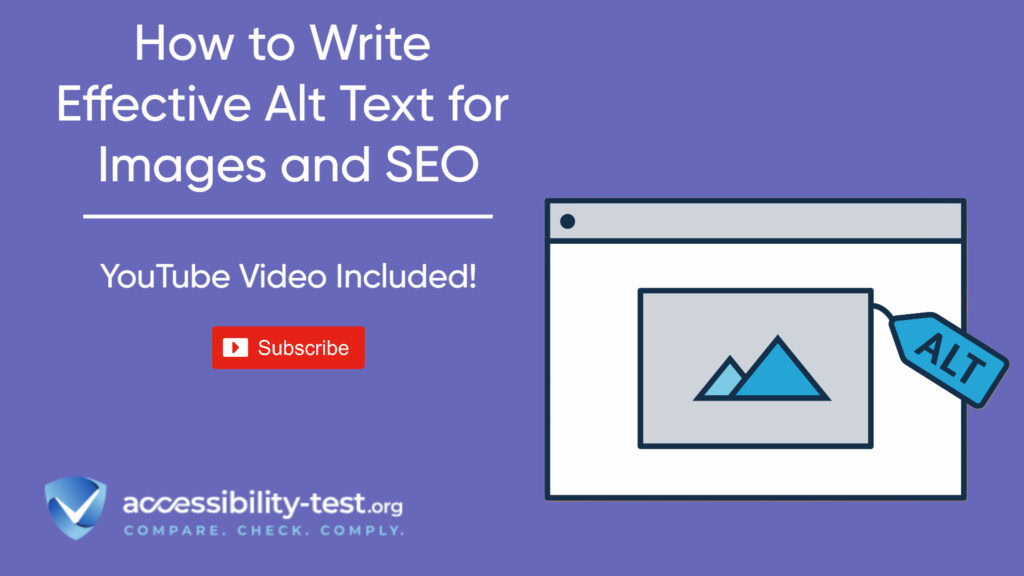What Is Alt Text?
Alternative text, commonly known as alt text, is a crucial element in web design and content creation, serving as a descriptor for images. This textual information is particularly important not only for accessibility purposes but also for enhancing search engine optimization (SEO). Alt text enables individuals with visual impairments to understand the context of images through screen readers, making it an essential feature for inclusive web practices.
From an SEO perspective, well-crafted alt text can improve a website’s visibility in search engine results. Search engines use the information contained in alt attributes to comprehend the content of images and the general topic of the page. Therefore, incorporating relevant keywords effectively within alt text can serve dual purposes: enhancing user experience for those who rely on assistive technologies, and increasing search engine rankings. This underscores the necessity for website owners to prioritize the creation of precise and descriptive alt text for each image they upload.
Effective alt text should provide a succinct description of the image while capturing its context and meaning. This means that instead of using generic terms or phrases, content creators should strive to convey detailed information that accurately reflects the image’s subject matter. For instance, instead of simply describing an image as “dog,” a more effective alt text could read “golden retriever playing fetch in a sunny park.” Such specificity not only aids visually impaired users but also enables search engines to index the content accurately.
In conclusion, the significance of alt text extends beyond mere compliance with accessibility standards; it is a fundamental practice that supports both users and search engines. By investing time and consideration into crafting effective alt text, website owners can enhance accessibility, improve user engagement, and optimize their content for search engines, ensuring a more inclusive digital experience for all.
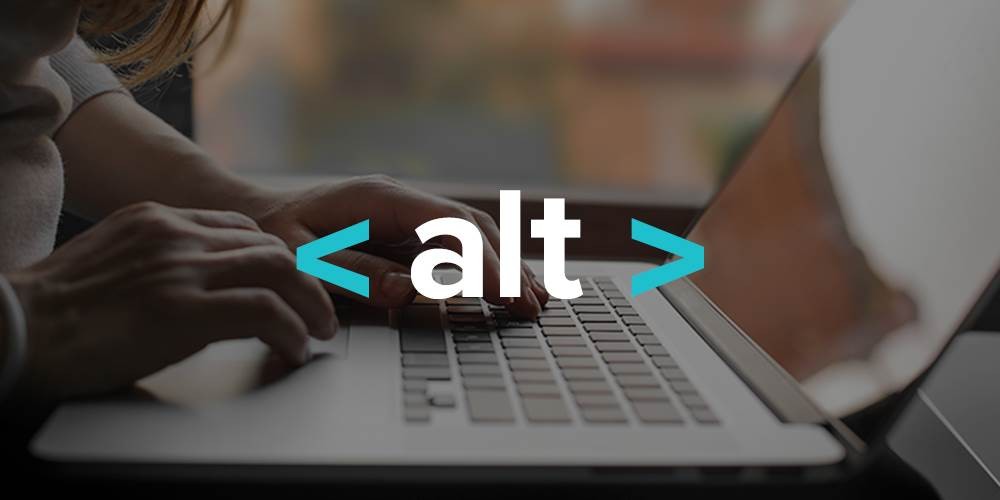
Why Alt Text Matters for Accessibility and SEO
Alt text, or alternative text, plays an essential role in both accessibility and search engine optimization (SEO). For individuals with visual impairments, descriptive alt text is vital as it provides meaningful context to images. Screen readers, which many visually impaired users rely on, read out the alt text, allowing users to understand the content and purpose of images. Without appropriate alt text, these users may miss important information conveyed through visuals, significantly hindering their web experience.
Moreover, the importance of alt text extends beyond accessibility; it is a crucial element for optimizing images for search engines. Search engines, like Google, do not interpret images visually. Instead, they rely on alt text as a signal to understand what the image portrays. By incorporating relevant keywords and phrases within the alt text, website owners can enhance their site’s visibility in search results. This means that utilizing effective alt text can result in better ranking in image searches, drawing more traffic to the site and potentially increasing engagement.
In compliance with established accessibility standards, such as the Web Content Accessibility Guidelines (WCAG) 2.1, including alt text is a requirement for all images used on a website. These standards are designed to ensure that digital content is accessible to everyone, irrespective of their abilities. Following these guidelines not only aids in legal compliance but also enriches the user experience for all visitors. The dual relevance of alt text in addressing accessibility needs while simultaneously benefiting SEO practices underscores its importance in responsible web design.
Key Characteristics of Effective Alt Text
Effective alt text is a crucial component of web accessibility, ensuring that images convey meaning to users who rely on screen readers. The primary characteristic of effective alt text is its descriptiveness; it should provide a clear and accurate representation of the image. This allows users to comprehend the visual content without needing to see it. For example, if the image features a dog playing in a field, the alt text should reflect this scenario, such as “A golden retriever playing in a green field.” This specificity not only enhances understanding but also enriches the user’s experience.
Another important trait is conciseness. While it is essential to be descriptive, alt text should also avoid verbosity. Ideally, alt text should be kept to a brief phrase or sentence, typically under 125 characters. This limitation ensures that screen readers efficiently convey the information without overwhelming the user with excessive details. Phrasing like “A photo of” or “An image of” should be omitted, as such constructions waste valuable character limits and add no meaningful content.
Contextual relevance is also vital in crafting effective alt text. It should relate directly to the content surrounding the image, aligning with the purpose of the overall page. For instance, if an image supports a blog post about dog training, the alt text should reflect that focus instead of offering a generic description. Furthermore, avoiding redundancy is essential; if the image is already captioned adequately, repeating that information in alt text is unnecessary and counterproductive. Striking the right balance between descriptiveness, conciseness, and contextual relevance is key to creating effective alt text. By adhering to these principles, content creators can significantly improve the accessibility and user engagement of their visual content.
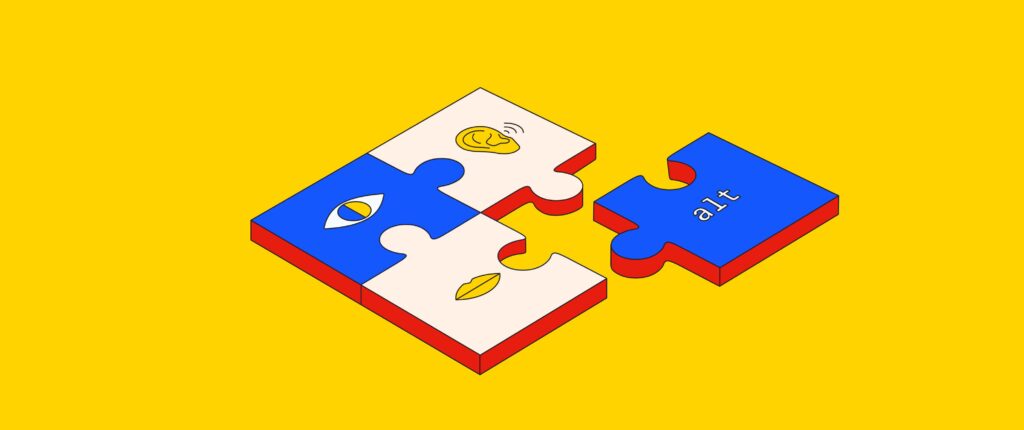
When Not to Use Alt Text
While alt text plays a crucial role in enhancing website accessibility, there are specific scenarios where its application may not be necessary. Understanding when to forgo alt text can prevent unnecessary distractions for users who rely on screen readers. One significant instance is when dealing with purely decorative images. These images do not convey meaningful information and are included purely for aesthetic purposes. In such cases, it is advisable to use an empty alt attribute (alt=””). This practice ensures that screen readers can skip over the image, allowing users to focus on the content that holds relevance.
Another situation where alt text may not be needed is when images are integral to a graphical interface, such as buttons or icons that possess additional context in their use. However, these graphic elements should typically include informative alt text as they assist in understanding the functionality they serve. Relying solely on CSS to manage visual elements can be a reliable alternative when you want to hide decorative images from screen readers. By employing CSS techniques to style images, developers can seamlessly integrate visuals without cluttering the auditory experience for users who depend on assistive technologies.
It’s important to remember that even decorative images contribute to the overall design and user experience of a website. Therefore, using empty alt attributes effectively communicates that these visuals are not intended to convey additional context or information. Adopting this strategy ensures that screen reader users encounter a streamlined and relevant interaction, aligning with the overarching principle of web accessibility. By distinguishing when to exclude alt text, content creators can enhance usability and ensure that their sites remain inclusive for all users.
Examples of Effective vs. Ineffective Alt Text
When crafting alt text, understanding the distinction between effective and ineffective examples can significantly enhance accessibility. Effective alt text not only conveys the essential information but also aligns with the context where the image will be used. For instance, consider a photograph of a brown dog playing fetch in a sunny park. An ineffective alt text might be “dog,” which fails to provide any meaningful detail about the dog’s appearance, activity, or setting. In contrast, a more effective alt text could be “A brown Labrador retriever happily retrieving a yellow tennis ball in a sunlit park.” This description efficiently captures key characteristics of the image, providing users and screen readers with the necessary context.
Another example can be drawn from product images. A poorly constructed alt text for a t-shirt might simply state “shirt.” This generic label does not help visually impaired users understand what the image represents. However, an effective alt text description such as “Red cotton t-shirt with a round neck and short sleeves.” provides a clear understanding of the item, its color, material, and style, making it far more helpful. Such informative alt text caters not only to screen readers but also to SEO, as it assists search engines in indexing the image more accurately.
Furthermore, photographs of events can benefit from detailed alt text as well. For instance, ineffective alt text might describe an event image simply as “people at a festival.” This lacks specificity and fails to provide context about the event. A better alternative would be, “A diverse group of people enjoying food and music at the annual downtown summer festival.” This formulation offers insight into the event’s atmosphere and specifics, enhancing the understanding for those who cannot see the image. By evaluating these examples, it becomes clear how thoughtful alt text contributes to improved user experience and accessibility.

Best Practices for Writing Alt Text
Writing effective alt text is essential for enhancing accessibility and improving the searchability of images on the web. To create alt text that serves its intended purpose, one must first focus on the image’s function. Consider why the image is included within the context of the content—whether it aims to inform, illustrate, or engage. This clarity will guide the formulation of concise and relevant descriptions.
When crafting alt text, it’s important to incorporate relevant keywords naturally. This could enhance not only accessibility but also improve search engine optimization (SEO) by helping visually impaired users and search engines understand the image content. However, ensure that this integration does not come across as forced or unnatural; the primary goal should always be to convey accurate information about the image.
Another best practice involves testing your alt text with screen readers, which provide audio feedback for visually impaired users. By using different screen reading software, you can gain insight into how your descriptions are interpreted. Doing so will not only allow you to fine-tune your alt text for clarity and effectiveness but also ensure that it delivers meaningful information.
Additionally, be mindful of the cultural contexts surrounding the images. Consider potential interpretations and the diverse backgrounds of your audience to avoid misunderstandings or offense. Effective alt text should be inclusive, reflecting sensitivity to diverse cultures and perspectives, thereby broadening its accessibility.
By adhering to these best practices—focusing on the image’s purpose, integrating keywords naturally, testing with screen readers, and considering cultural contexts—you can enhance the quality of your alt text, making your content more accessible and informative for all users.
How Alt Text Impacts SEO Performance
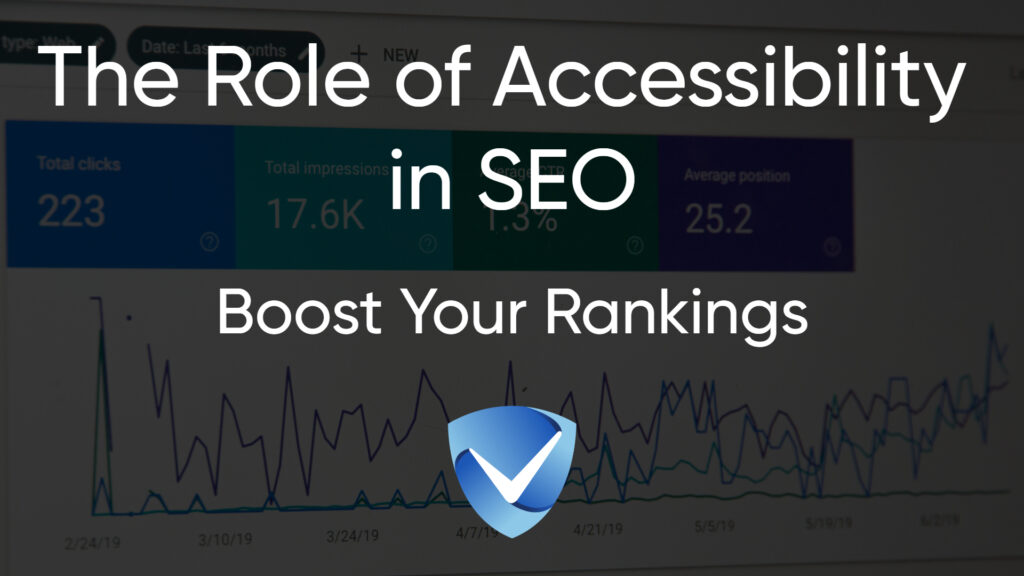
Alt text, or alternative text, serves several critical functions in web design, particularly concerning search engine optimization (SEO). It is primarily intended to describe the content of images for screen readers and visually impaired users, ensuring accessible web experiences. However, alt text also plays a significant role in enhancing the overall SEO strategy of a website. Utilizing optimized alt text allows search engines to better understand the context and relevance of images, contributing to improved rankings in search results.
When incorporating keywords into alt text, it is essential to strike the right balance between optimization and readability. Search engines have become increasingly sophisticated, capable of discerning the difference between well-crafted descriptions and keyword stuffing. Therefore, while it is beneficial to include relevant keywords that reflect the content of the webpage, these keywords should be woven seamlessly into natural language. This approach not only helps search engines but also enhances the user experience, as viewers can appreciate clear and concise descriptions of the images provided.
Image optimization through alt text can improve click-through rates, as effectively described images tend to attract more user engagement. Furthermore, images that are well-optimized are more likely to appear in image search results, leading to increased visibility and traffic to the site. Nonetheless, achieving optimal SEO through alt text is not merely a checklist activity but a fundamental component of a holistic SEO approach that includes content relevancy, user intent, and mobile responsiveness. In this way, the strategic use of alt text can complement other elements of an SEO strategy, driving organic traffic and fostering user satisfaction across the website.
Tools for Crafting Effective Alt Text
Creating effective alt text is essential for improving web accessibility and optimizing the user experience for those using assistive technologies. Various tools and resources are available to aid developers and content creators in crafting meaningful and descriptive alternative text. These tools ensure that alt text serves its intended purpose—enhancing accessibility and usability across digital platforms.
One of the primary tools to consider is a screen reader, which allows individuals to listen to the content of a webpage, including images. Popular screen readers such as JAWS, NVDA, and VoiceOver can help verify the effectiveness of alt text by demonstrating how it is interpreted. By using these tools, content creators can better understand how visually impaired users will perceive the alt text associated with images.
Additionally, accessibility testing tools like WAVE and axe can assist in identifying missing or ineffective alt text. These tools run automated checks on web pages, highlighting areas that may need improvement. They provide detailed reports on how effectively an image has been described and can even suggest enhancements to make the alt text more informative. Furthermore, incorporating user feedback tools allows real users to provide insights on the effectiveness of the alt description, thereby encouraging dynamic adjustments.
For those looking for a more structured approach, style guides like the Web Content Accessibility Guidelines (WCAG) provide best practices for writing alt text. Following these comprehensive standards can ensure compliance with legal requirements while making content more accessible. Overall, leveraging a combination of screen readers, accessibility testing tools, and established guidelines can significantly streamline the process of crafting effective alt text, ultimately fostering a more inclusive online environment.
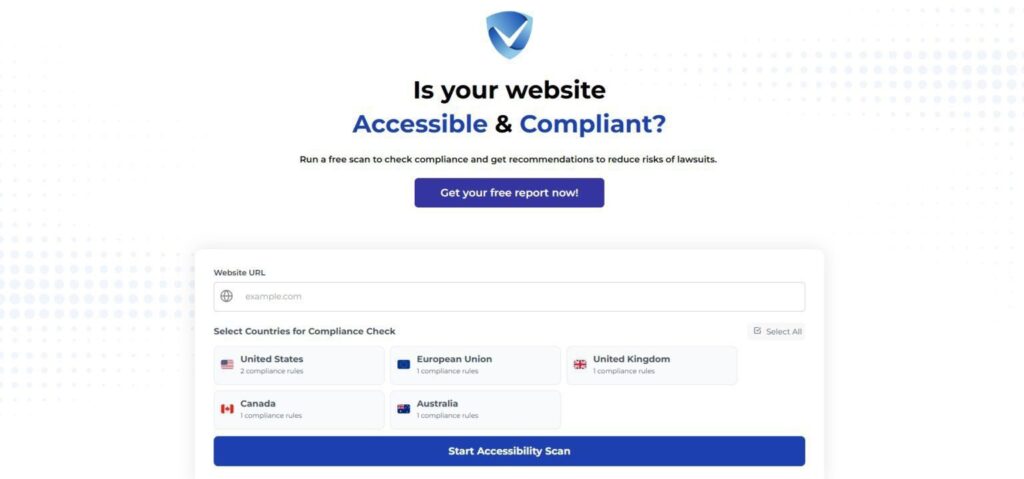
The importance of effective alt text for images cannot be overstated. Alt text serves a dual purpose: it enhances accessibility for individuals with visual impairments and improves search engine optimization (SEO) for websites. By providing concise and meaningful descriptions of images, content creators empower users who rely on screen readers to understand visual content, thereby making web environments more inclusive. This is not merely a best practice but a fundamental aspect of web design that acknowledges the diverse needs of users.
Furthermore, alt text contributes to better SEO outcomes. Search engines rank content based not only on keywords but also on user experience factors, which include accessibility. Well-crafted alt texts can help search engines interpret the context of images, thereby improving the likelihood of appearing in relevant search queries. This, in turn, can drive more potential visitors to websites. Therefore, writing descriptive and relevant alt text becomes essential not just for meeting accessibility standards but also for maximizing online visibility.
As a best practice, authors should aim to be specific and descriptive in their image descriptions. Each alt text should reflect the content of the image accurately and succinctly, engaging users while also enhancing the website’s SEO. Consistency in employing these guidelines across all visual elements can lead to a significantly more accessible and user-friendly online experience.
Ultimately, the power of alt text lies in its ability to bridge the gap between visual content and comprehension. By integrating thoughtfully constructed alt texts into digital media, content creators and webmasters can foster an inclusive environment that benefits all users, while simultaneously adhering to best SEO practices. It is imperative for bloggers, marketers, and web developers to prioritize this aspect and commit to delivering comprehensive and enriched digital experiences.



